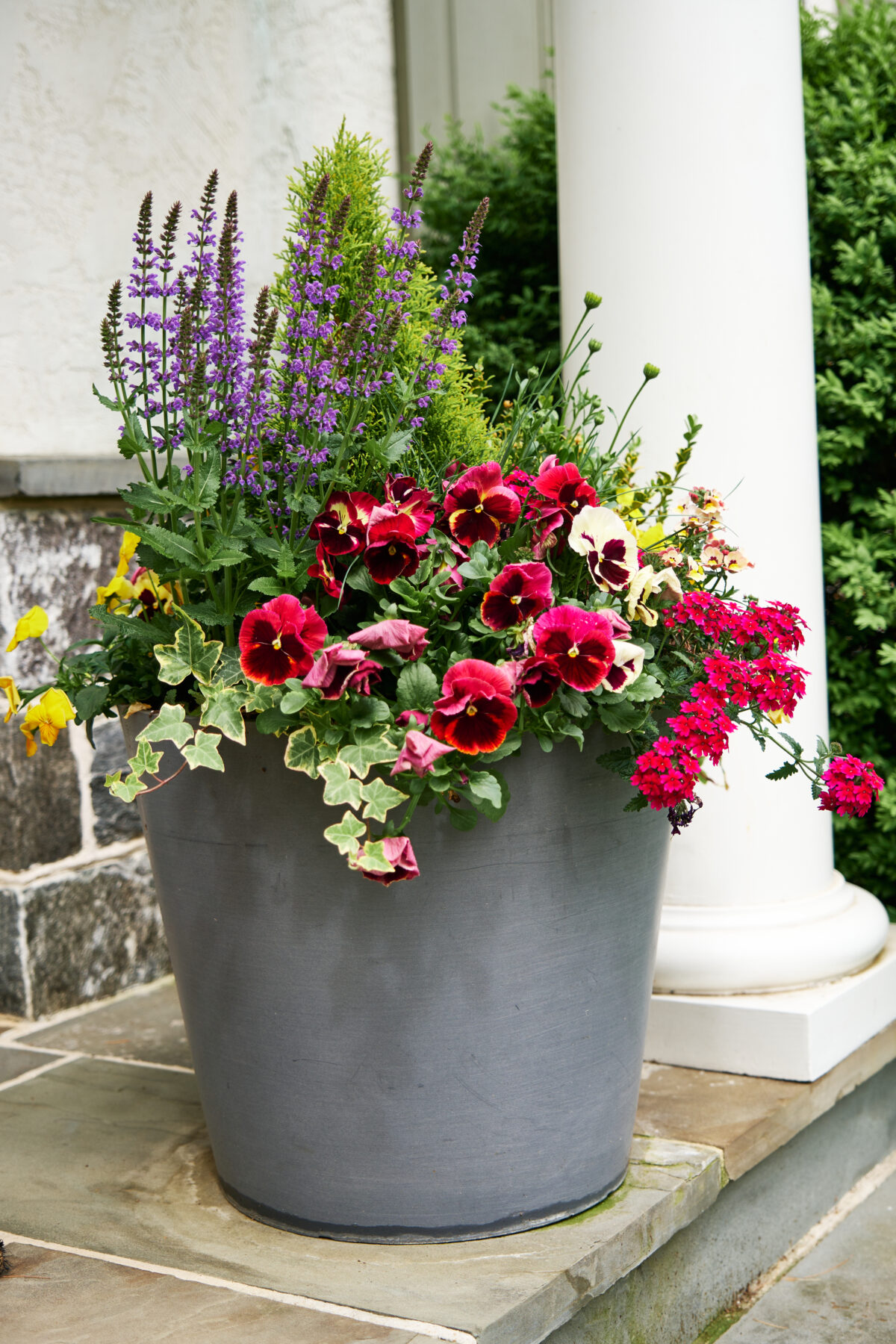Selecting the right planter for your home is more than just a decorative choice; it’s essential for the health and growth of your plants. A well-chosen planter enhances the look and health of your plants. With so many options available, understanding what to look for can make a significant difference. Here’s your comprehensive guide to choosing the perfect planter for your space.
What to Look for When Choosing a Planter
Size
The size of your planter directly impacts your plant’s growth. Choosing a planter that’s too small can restrict root development, while one that’s too large may lead to overwatering. Ideally, your planter should allow for about an inch of space around the roots, giving them ample room to grow without drowning in excess soil.
Color
Color plays a key role in both aesthetics and functionality. Dark-colored planters absorb more heat, which may dry out the soil faster. Lighter colors reflect sunlight, maintaining cooler soil temperatures. Consider the color scheme of your home decor to select a planter that complements your space.
Shape
The shape of your planter can influence both its look and its functionality. Wide, shallow planters work well for succulents and herbs, while tall, narrow planters are ideal for deep-rooted plants like snake plants or ferns.
Volume
Volume is crucial for water retention and plant stability. Larger volumes allow more soil to hold moisture for longer periods, reducing the frequency of watering. Conversely, smaller planters may require more frequent maintenance.
Material
Planter materials affect weight, durability, and water retention. Common options include:
- Ceramic: Elegant and durable but often heavy.
- Terracotta: Classic and porous, perfect for plants that prefer dry soil.
- Plastic: Lightweight and versatile but may not provide the best insulation.
- Metal: Sleek and modern but prone to heat buildup in sunny areas.
- Wood: Rustic and breathable but requires sealing to prevent rotting.
Choosing the right planter doesn’t have to be overwhelming. By considering size, color, shape, volume, and material, you can select a planter that not only complements your home’s design but also promotes plant health. Whether you prefer minimalist concrete styles or vibrant ceramic pots, the perfect planter is out there to elevate your indoor garden.

